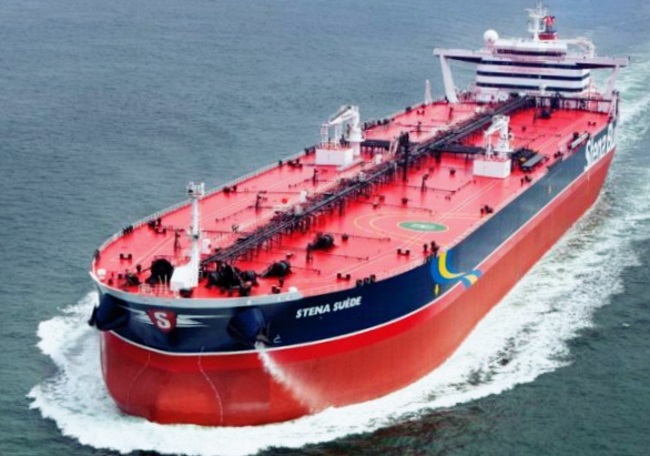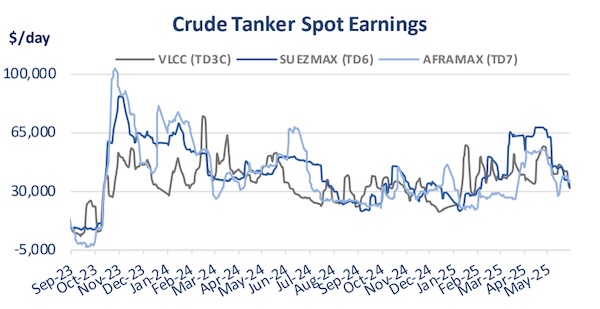Tankers, Sanctions and the Outdated Sidelined Tonnage

Questions could rise from the impact on the tanker market, in case the approximately 10% of the global fleet, currently sidelined due to sanctions, returned to the market. In its latest weekly report, shipbroker Xclusiv said that “the global tanker market is currently navigating a period of heightened uncertainty, heavily shaped by the sanctions imposed on oil exports from Venezuela, Iran, and Russia by the EU, UK, and US. These measures, aimed at restricting the flow of crude from politically sensitive regions, have sidelined a significant number of vessels and rerouted global trade patterns. Recently, however, there have been increasing signs that the tide may be shifting. In the case of Iran, nuclear negotiations have reopened channels for possible sanctions relief. Venezuela, too, is seeing signs of political normalization that could open the door to gradual reintegration into global markets. Even Russia, despite the ongoing war and wide condemnation, remains part of global energy discussions. This evolving backdrop raises important questions for the future of tanker supply and trade flows”.

Source: Xclusiv
According to Xclusiv, “right now, about 470 tankers—nearly 10% of the global fleet in deadweight terms—are effectively sidelined due to these sanctions. Most of this capacity lies within the Aframax/LR2, Suezmax and VLCC segments, with 196, 59 and 85 vessels respectively, totaling nearly 56 million DWT, almost 90% of the total sanctioned million DWT. What’s more, these aren’t fresh-out-of-the-yard ships. A significant portion of them are aging, many past the 19-year mark. In fact, sanctioned Aframaxes and LR2s make up about 38% of their 16+ year-old peer group, while sanctioned Suezmaxes and VLCCs represent 25% and 27% of the older fleets in their respective segments”.

“So, what happens if the sanctions are lifted? On paper, someone might expect a flood of tonnage to hit the market, pressuring freight rates—especially in segments like Aframax and VLCC where availability has been tight. And sure, some of the younger ships might re-enter the fray quickly. But for most of the sanctioned fleet, reality paints a different picture. Older ships, long operating under the radar in grey markets, will likely struggle to meet modern vetting standards. Many won’t even be considered by top-tier charterers. The more probable outcome? A fast track to the scrapyard”, the shipbroker said.

Source: Xclusiv
“In the end, lifting sanctions on Venezuela, Iran, and Russia won’t just unlock idle capacity. It’ll probably force the market to reckon with a flood of old tonnage that no longer meets today’s standards. And while that may briefly rattle rates, scrapping could quietly rebalance the equation. We’re looking at a potentially transformative moment—one that blends geopolitical shifts, regulatory pressure, and good old-fashioned fleet renewal all in one”, the shipbroker concluded.
Nikos Roussanoglou, Hellenic Shipping News Worldwide




